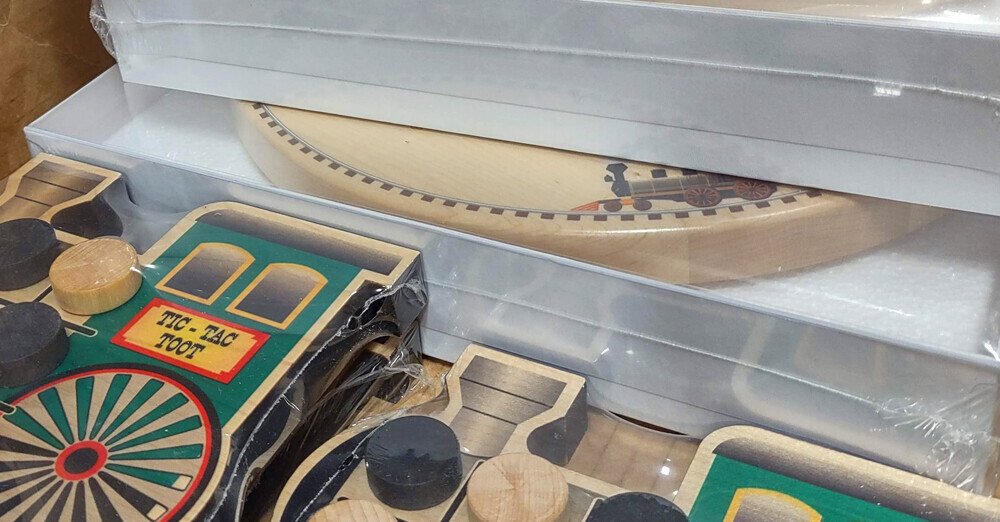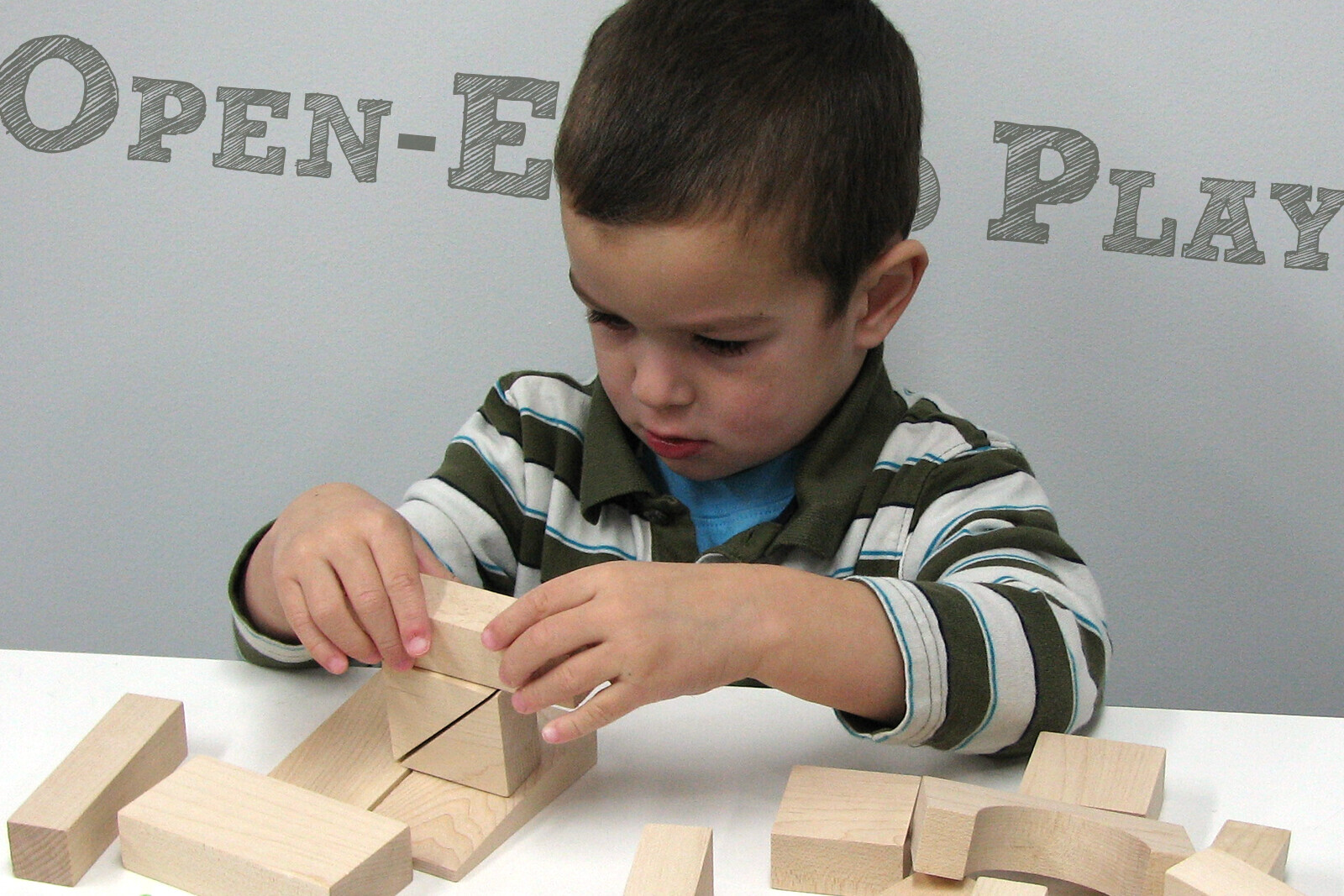Plastic Or Cardboard: Our Packaging Theory

As consumers become increasingly conscious about the environmental impacts of their purchases, the scope often extends to the product’s packaging, too. According to the U.S. Environmental Protection Agency, product packaging and containers made up 82.2 million tons of waste in 2018 and, while some of this is recyclable, much of it is not and ends up in landfills. (source)
To be sure, packaging is necessary for a variety of reasons: sharing product information, keeping the item(s) clean and together, and even for ongoing storage once opened. How does one differentiate between necessary and unnecessary packaging, though? Further, what can be done to eliminate the unnecessary and reduce the necessary? At Maple Landmark, we have taken steps toward achieving both of those worthwhile goals.
Eliminating The Unnecessary
Continuing to focus on the aesthetics of the product and not that of the packaging, we avoid the need to “over-package” our items by using wrap or a box that fits the product exactly. There are no wasteful inches of blister pack or unnecessary pockets of air. We let the obvious quality, design, and durability of our products sell themselves instead of excessive marketing gibberish on superfluous plastic and cardboard. You’ll have a hard time finding a piece of packaging on our products that does not serve a functional purpose.
Reducing The Necessary
We offer many product sets, ranging from 2 to 104 pieces, that require some type of packaging to simply keep them together. Simultaneously, we offer a selection of teethers that, for sanitary sake, are covered to prevent hundreds of hands from touching them. In these cases, we make judicious use of packaging materials, most often a thin, clear plastic shrink wrap. The wrap is durable, versatile, is relatively simple to apply, and shows off the product; a small tag or instructions are the only additional packaging. Many of our products that are sold in sets are relatively low volume. For those, we primarily rely on mailer boxes with nice labels we can generate ourselves. Since these are stock corrugated boxes, we take care to carefully size the box for each product to ensure that little additional material (foam or bubble wrap) is used, and they are easy to recycle when the end consumer no longer needs it. By taking the ultimate packaging design into consideration from the beginning we can optimally reduce the waste impact from our products.
Beyond the clear environmental benefits, needless, expensive packaging only adds to the cost of the product with little real use. In other words, our end consumer would be paying for something that they’ll eventually just throw away. Additionally, shipping prices are constantly on the rise so any way that we can reduce the shipped size of our products is a plus for us and the consumer. These economics further support our decision to keep our packaging to a minimum.
With a little collective effort, that 82.2 million tons of packaging waste can be substantially lessened. In the end, our minimalist approach to packaging is consistent with our core beliefs – providing the consumer with a product that they can feel good about while taking care of our planet and precious natural resources.



